Authors:
Historic Era: Era 7: The Emergence of Modern America (1890-1930)
Historic Theme:
Subject:
Winter 2022 | Volume 67, Issue 1
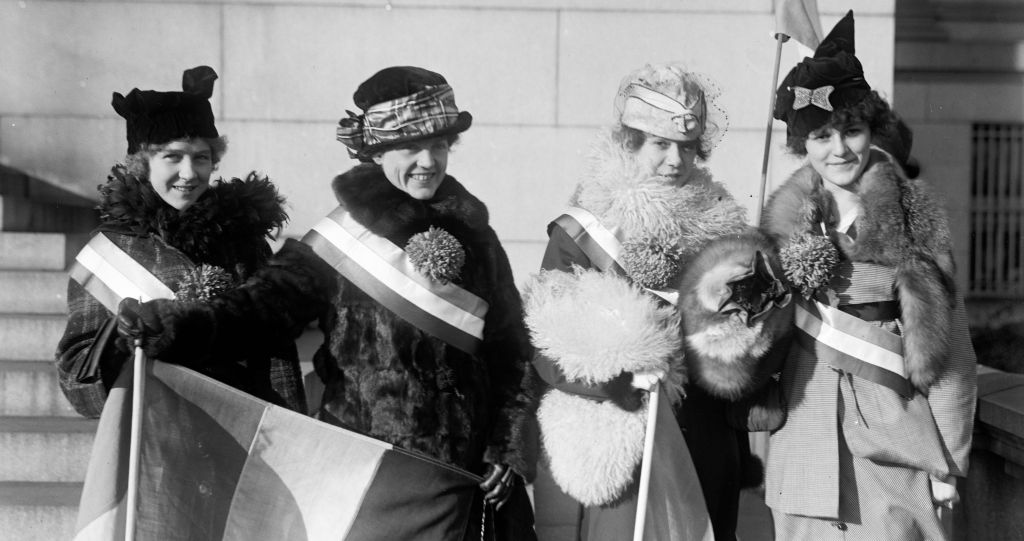
Authors: Ellen DuBois
Historic Era: Era 7: The Emergence of Modern America (1890-1930)
Historic Theme:
Subject:
Winter 2022 | Volume 67, Issue 1

Editor's Note: Ellen Carol DuBois is a professor in the history department at UCLA and the author of numerous books on women’s suffrage including the recent, authoritative survey, Suffrage: Women’s Long Battle for the Vote, from which she adapted the following essay.

It was a hot July Sunday in 1848. Elizabeth Cady Stanton, thirty-three years old and the busy mother of three rambunctious boys, was invited to tea at the home of Jane Hunt. Cady Stanton and Hunt lived in the twin towns of Seneca Falls and Waterloo, just off the bustling Erie Canal in upstate New York. The gathering was in honor of Lucretia Coffin Mott, in town from Philadelphia to see her sister, Martha Wright. Three other local Quaker women — Mary Ann McClintock and her two daughters Elizabeth and Mary Ann — joined them at the round parlor table.
Lucretia Mott was a tiny, serene 50-year-old whose modest Quaker dress and demeanor belied her standing as one of the most courageous, widely respected — and radical — female voices in the world of American social reform. Along with her Quaker convictions, her roots in the whaling community of Nantucket had taught her about the strength and capacities of women. Her marriage to James Mott was, by all accounts, exceptionally loving and compatible. They had five children and shared strong reform commitments, beginning with a passionate hatred of slavery.
That afternoon, the talk over tea soon turned to a discussion about wrongs against women. Many such discussions no doubt took place around many such tables, but this time the outcome was different. The discussion was led by Cady Stanton, recently relocated from exciting Boston to relatively sleepy Seneca Falls, whose growing family and modest middle-class resources left her little time or energy for anything else. Stanton’s unhappiness had reached a breaking point. Finding herself surrounded by a sympathetic group of women like herself, she “poured out, that day, the torrent of my long-accumulating discontent, with such vehemence and indignation that I stirred myself, as well as the rest of the party, to do and dare anything.”
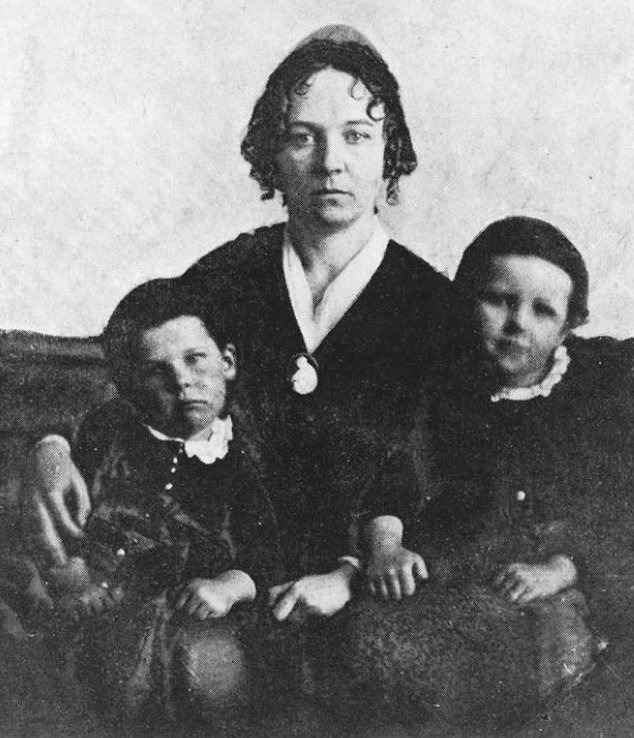
The small group was determined to organize a “convention,” a term that had recently come into usage for public meetings to discuss and take action around compelling issues. Political parties held conventions and so did established movements such as temperance and antislavery reform. But this convention would be different; it would be the first to focus on
Time was short if they wanted to take advantage of Lucretia Mott’s presence, experience, and reputation. The women placed an announcement in the local paper of a two-day public meeting for protest and discussion, to be held ten days hence at the Wesleyan Chapel, a progressive religious congregation in Seneca Falls. They would discuss “the social, civil, and religious conditions and rights of women” — note the absence of “political” in the list.
They started by drawing up a statement of principles. Instead of writing something from scratch, they decided to use as their model the Declaration of Independence. What they finally produced was a bold statement, thoroughly political and lacking any of the moralistic or religious flourishes expected of the “gentler” sex. By supplying both language and legitimacy, the Declaration of Independence model made their task easier.
They incorporated the original Preamble with a few alterations, but these were enough to make their document enduringly memorable. To the “self-evident” truth that “all men are created equal” they added the words “and women.” And instead of the “repeated injuries and usurpations . . . of the present King of England,” they charged the actions of “man toward woman, all having in direct object the establishment of an absolute Tyranny.”
After a list of grievances, they set forth thirteen powerfully worded resolutions. At the core was a grand statement of autonomy and equality: “All laws which prevent woman from occupying such a station in society as her conscience shall dictate, or which place her in a position inferior to that of man, are contrary to the great precept of nature, and therefore of no force or authority.”
Once the Declaration had been drafted, Cady Stanton returned home to reflect on what the group had done. It seemed to her that something was missing, so she returned the next day with a proposal for a final resolution: “that it is the duty of the women of this country to secure to themselves their sacred right to the elective franchise.”
See also “Women’s History,” by Jean Baker
The right to vote eventually became the central demand of the American women’s rights movement begun by Cady Stanton and her friends, changing women’s lives and American politics in the process. In retrospect, this development might seem inevitable — that American democratic rights would have to be extended across the gender divide to incorporate the omitted half of the nation’s citizens. But at the time it was voiced by that small group of women, it had rarely been expressed anywhere.
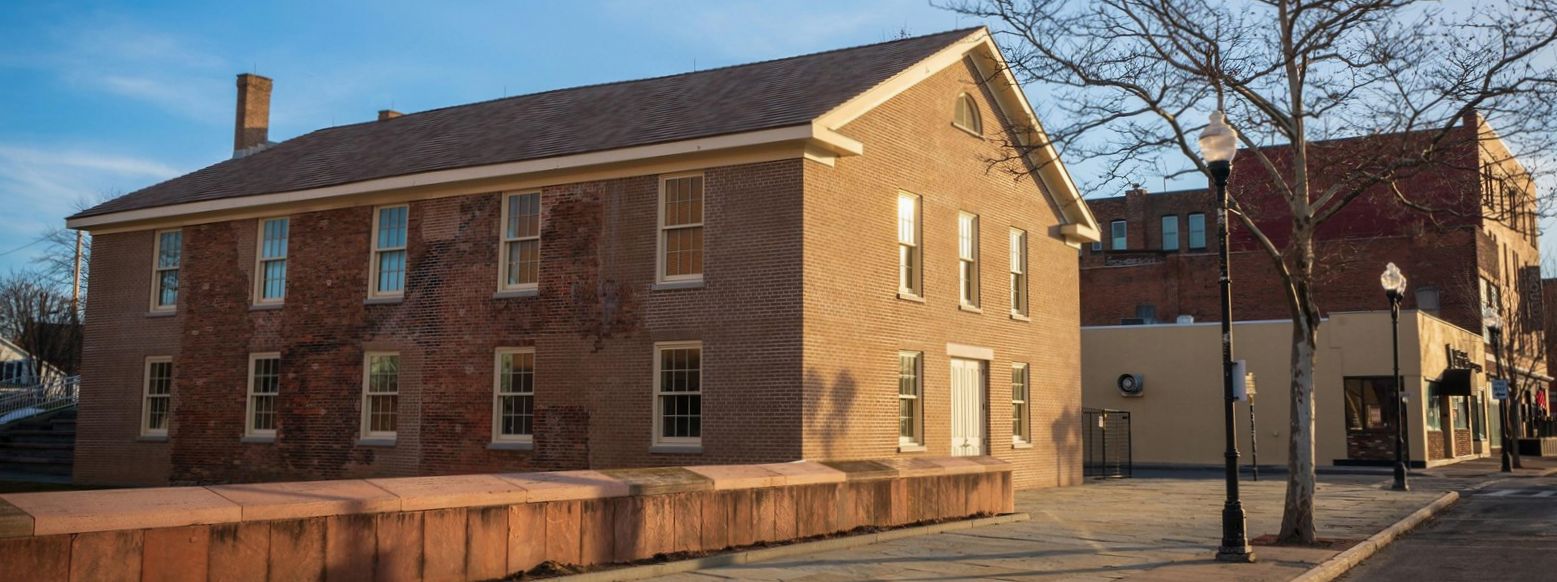
The Seneca Convention would mark the
The women’s suffrage movement was sustained and transformed through massive political, social, and economic changes in American life and carried forward by three generations of American women. The women who first raised the call for their political rights did so with limited educational and occupational opportunities, but also with memories of the American Revolution still fresh and hopes for their young nation great. They would be forgiven if they could not recognize themselves in the women who finished the struggle seventy years later: “New Women,” as they called themselves, with college educations and aspirations for economic independence, visions of companionate marriage and sexual freedom, insisting that they be fully empowered citizens.
The suffrage movement was shaped by — and shaped — the different political eras through which it grew. First expressed in the 1840s, when abolition, temperance, and other social movements were riling politics, suffragist hopes initially peaked in Reconstruction years. Subsequent decades witnessed massive social and political reaction to the dramatic changes which the nation had undergone, and the suffrage movement was set back by the Jim Crow racism and untrammeled capitalism of those very conservative years.
Toward the end of the nineteenth century, democratic politics revived, and with it, the suffrage movement. The growing class conflict within the nation’s booming economy began to be challenged and the suffrage movement advanced in its wake. Great masses of wage-earning women flooded into suffragism in its last decades. So too did a new, twentieth-century determination to use governmental resources and power to address national social and economic issues. The franchise for women might not have been won when it was if it had not been for the political culture of the Progressive Era.
Some of the women who were drawn to the suffrage standard during these different phases were undeniably radical; others were conventional, even conservative. All, however, were determined that women and their concerns must be allowed to shape political debates and affect political decisions. The first important lesson of the woman suffrage movement can be found here, in the incredible determination of advocates — and their daughters and their granddaughters — who refused to stop fighting for their right to vote.
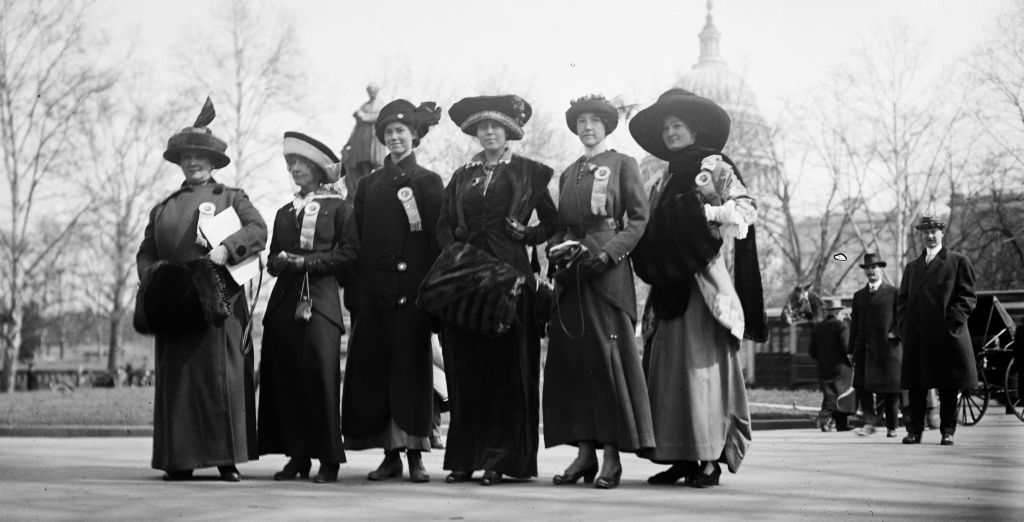
Because the woman suffrage movement
Nor was it true that the woman suffrage movement was voiced exclusively by and in the name of white women, and that deep-seated racism was its fatal flaw. For much of its history, the demands for woman suffrage and black suffrage were bound together, but that statement must be carefully parsed. Women’s right to the vote would not have been demanded and not have entered into the political discourse in the first place if its initial leaders had not been deeply involved with the abolitionist and black suffrage movements.
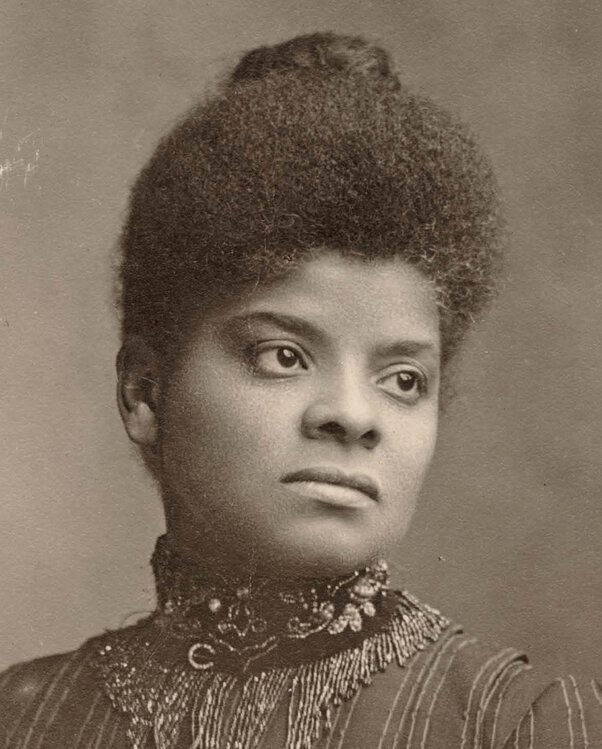
But in the post-Reconstruction years, this bond was broken as the mainstream woman suffrage movement excluded black women. This development was of a piece with the larger social and political reaction to Reconstruction. The grand conclusion of the suffrage movement was tainted by the ironic fate of its coinciding with the very nadir of post-slavery racial politics.
Still, it must be said that every other white-dominated popular political movement of that era similarly accommodated to insurgent white supremacy. And yet only the woman suffrage movement — not the Gilded Age labor movement or the People’s Party or even Progressivism itself — has been so fiercely criticized for the fatal flaw of racism. Historical memory recognizes the cautious gains of other reform movements of that era, even as they, like woman suffrage, turned away from the rights of black people.
Throughout the entire seventy-five years of the woman suffrage movement, and continuing into the post-suffrage era, African American women remained stalwart defenders of women’s political rights, with their numbers growing over time. Some of these women were well-known national figures — Sojourner Truth, Ida B. Wells-Barnett, Mary Church Terrell — but most were not. There were numerous less-known activists who were part of the larger current of suffrage history. They understood what W. E. B.
By 1912, six states had given women the right to vote, starting with Wyoming in 1890 and including Colorado, Washington, and California. That year, three more states would join them. But state by state enfranchisement was not enough. An amendment to the federal constitution was necessary. Every January, when a handful of suffragists would dutifully go to Washington to testify on behalf of a woman suffrage constitutional amendment before a tiny group of legislators, the process had become a meaningless ritual.
Finally, in 1912, the excitement, youth, and optimism of twentieth-century suffragism came from the enfranchised states to the national movement in the person of Alice Paul. Born in 1885 to a wealthy New Jersey Quaker family, she was exceptionally well educated, first at Swarthmore College, and later earning a PhD in political science from the University of Pennsylvania. In 1907, she went to London, where she served an apprenticeship to Emmeline Pankhurst and learned the ways of what had become known as the British suffragettes.
Paul had experienced all of this — including arrests, a brutal imprisonment, and a gruesome month-long hunger strike — by the time she returned to the United States in early 1910. She was celebrated by journalists as America’s first genuine suffragette. She was just twenty-six years old. Two years later, with the help of Jane Addams and Harriot Stanton Blatch, Paul’s proposal to revive the campaign for a federal amendment by the National American Woman Suffrage Association (NAWSA) was accepted by the group’s executive board. The young ambitious woman took over the association’s nearly defunct congressional committee and assembled a small group to join with her to reinvigorate the constitutional amendment campaign.
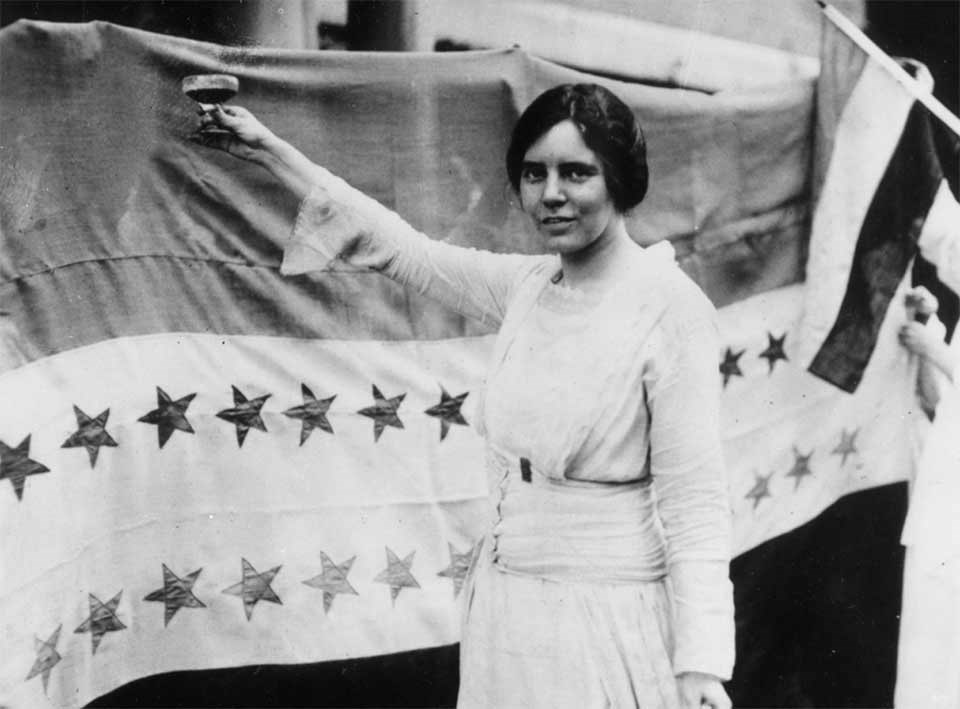
Paul had learned from the British suffragettes to deploy public demonstrations for maximum popular attention and to hold the political party that was in power responsible for inaction on women’s enfranchisement. To do both, she determined to begin her constitutional amendment campaign with an unforgettable demonstration in the nation’s capital that would be directed at the incoming Democratic administration. Paul scheduled her event for March 3, 1913, the day before the inauguration of newly elected President Woodrow Wilson. Wilson’s coattails had carried a Democratic majority into Congress, and this made him exceptionally powerful. The parade was designed to demonstrate the suffragists’ numbers, organization, and determination. When Wilson stepped off the train from his home in New Jersey for his inaugural ceremonies, he asked why there
Paul had a way about her, a unique kind of charisma that had already convinced veteran leaders to trust her with major responsibility. She did not advance herself personally at all. She was neither particularly warm nor intimate. Her considerable authority came from her absolute clarity about her intentions and her faith that other women could do whatever was necessary, even when they themselves had no such conviction. Working with her made them into more than they ever thought they could be. It was as if a whole generation of young women were waiting for someone like her to call them into service.
When Paul began her work, she and her partner Lucy Burns rented a three-room basement office in Washington, D.C., below a realtor’s office and began to raise funds. Ultimately they generated over $27,000 for the parade, much of it from restless women of wealth. Within three months, they had organized an unparalleled suffrage spectacle. Virtually every suffragist in the area and many who were new to the movement, including wives and daughters of congressmen and senators, were involved.
The parade was meticulously planned. There were seven sections. The first, led by Carrie Chapman Catt, would show the worldwide reach of the suffrage movement; the second, its long historic arc from 1848 to the present day. The five others depicted how women worked together with men to build the country; women in businesses, occupations, and trades (including one thousand college women); clubwomen; state and local suffrage associations; and finally, the only participants allowed to ride along the route, the movement “pioneers,” too old to walk.
Vans were on hand to provide coffee and sandwiches to marchers. Trumpet-wielding heralds along the mile-long route would announce the arrival of the parade. Street corner suffrage speakers posted at the edge of the crowd would address onlookers who could not get a good view of the parade. The parade would conclude at the front steps of the U.S. Treasury Building, where there would be an elaborate pageant depicting an allegory of Columbia, to whom homage was paid by Charity, Hope, Justice, and Peace.
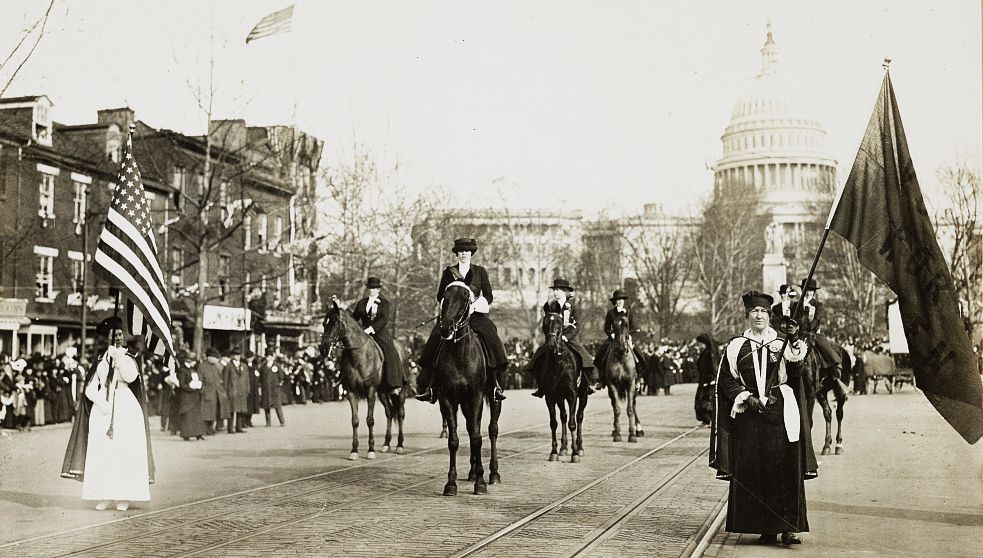
Just after 3 p.m. on March 3 the parade would begin under the shadow of the Capitol and move along Pennsylvania Avenue, turning right just before the White House to end at the Treasury Building. The day before had been quite cold, but by the time the parade began, the temperature had risen to 55 degrees. Inez Milholland, the young and beautiful equestrian queen of previous parades in New
Washington D.C., once the vibrant center of African American activism, had fallen victim to the spirit of Jim Crow, and African American women were now marginalized in the suffrage movement there. Paul decided to follow NAWSA “states’ rights” policy by allowing local groups to set their own racial standards. African American suffragist Ida Wells-Barnett had come to Washington, D.C., along with sixty-five white Illinois suffragists. The head of the contingent announced that Illinois suffragists would be segregated and Wells-Barnett would not be included. Wells-Barnett declared that the parade was to be a great demonstration of democracy and she would not permit herself or her people to be excluded from it. Midway along the route of the march, she walked calmly from the sidelines, flanked by two white colleagues, and assumed her place. Her presence and that of other African American suffragists caused none of the predicted disruption.
Parade organizers turned out to have a more serious problem. They had worried that rowdy crowds, drawn to the city for the inauguration, would be difficult to control, but Chief of Police William Sylvester dismissed their concerns. Their worries turned out to be more than justified. As the parade began, enormous crowds, perhaps twenty persons deep on either side of the street, lined the sidewalks. Only a few mounted police were there to keep control, along with a small army of Boy Scouts whom the police had recruited to help.
Faced with police intransigence, Elizabeth Rogers, one of Paul’s inner circle, had convinced her brother-in-law, Henry Stimson, who was just about to leave his tenure as secretary of war, to move an Army regiment to the edge of the city in case they were needed.
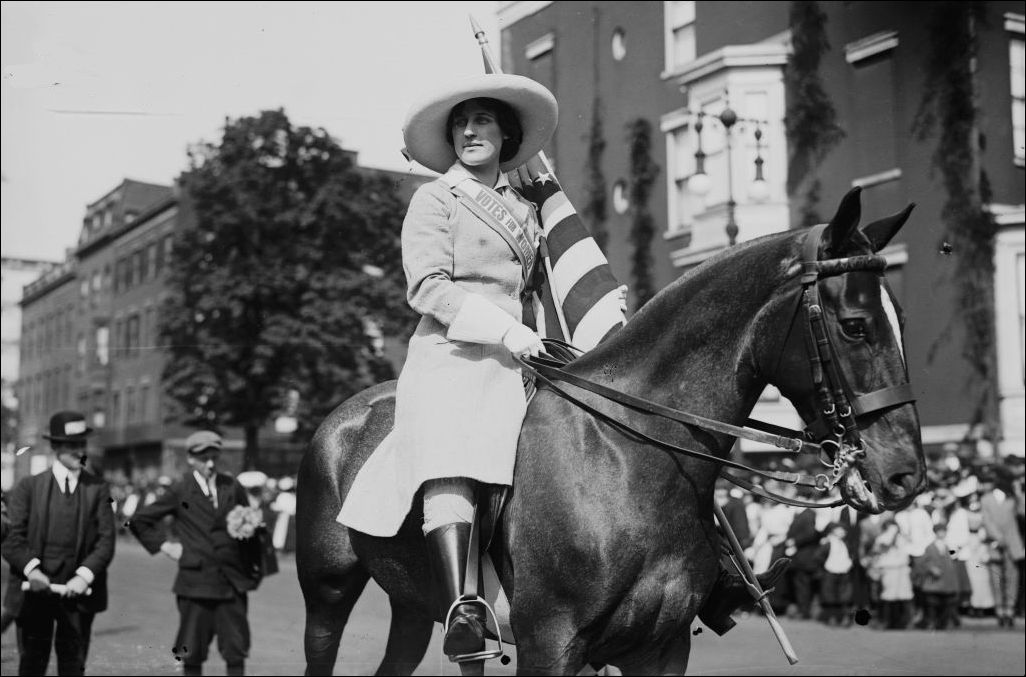
Suffragists’ concerns proved well-founded. Halfway along the route, crowds broke through the police lines and closed the open space, trapping the marchers. “It was like marching into a funnel,” one demonstrator explained. Rowdies in the crowd grabbed at the women, pulled at their signs and clothes. Marchers were harassed “with all manner of smutty conversation.” The police stood by so passively that some thought they were intentionally enabling the rioters. Finally, the Army regiment arrived and pushed back the crowd to allow the procession to proceed. Hours late, the parade got to the
In the next few years, Paul took a small contingent of her more radical followers into a separate organization, eventually known as the National Woman’s Party. Convinced that President Woodrow Wilson was a determined opponent of a national constitutional amendment, they first tried to get women who could vote in the western states to oppose him, but the issue of the impending war brought him back into office.
Starting in January 1917, Paul’s forces shifted to a different tactic, picketing the white house day after day, charging the president with failing to advance democracy. When the U.S. entered the Great War and they continued their picketing, they were arrested and jailed. Paul was given one of the longest sentences.
Read our interview with Alice Paul, “I Was Arrested, Of Course…”
in the February 1974 issue of American Heritage.
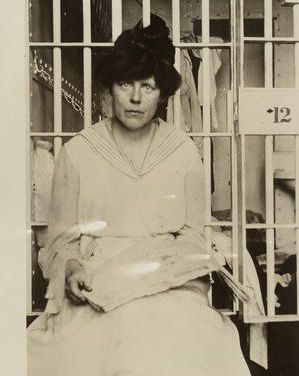
In jail, Paul was ever the organizer. Within two days of her imprisonment, she conducted an act of civil disobedience, breaking a window to allow in fresh air for the other prisoners. For this, she was transferred from Occoquan to the D.C. City Jail and put in solitary confinement. After two weeks, she ended up in the prison hospital, weak from confinement and with bad food. There she concocted a new tactic along with Rose Winslow, another picketer lying in a bed next to her. They decided to undertake a hunger strike, an announcement of which made the newspapers from New York to Chicago to San Francisco. A decade before, British suffrage militants and Irish Sein Fein radicals had used the practice and gained international coverage for it.
Newspapers had been eagerly awaiting the moment when American women would follow the British suffragettes’ precedent and starve themselves, and they had been disappointed that the first sentences of three days early in the picketing did not produce such a spectacle. Hunger striking was a “coveted goal of the American militant,” the Baltimore Sun and other newspapers confidently reported.”
Forced feeding was an intentionally gruesome procedure. Speaking of the prison physician sent to feed her by tying her down, forcing a tube down her nose, and pouring a foul, thick liquid into it, the famously stoic Paul recalled, “I believe I have never in my life before feared anything or any human being” until “the hour of [the doctor’s] visit.” Rose Winslow was also force-fed and kept notes, reprimanding herself: “I always weep and sob, to my great disgust, quite against my will. I will try to be less feeble-minded.” An African American cleaning woman at the prison hospital passed notes back and forth between Paul and NWP leaders on the outside.
Unable to get Paul to eat, discomfited by the negative publicity they were receiving, the jail authorities tried a new tactic
Psychiatrists came to the city jail from St. Elizabeth’s, the federal mental hospital, and repeatedly interviewed Paul. She suspected nothing and willingly gave her interviewers a long explanation of what she was doing and why. “I must say it was one of the best speeches I ever made,” she recalled. Searching for some mental pathology to pin on her, the doctors settled on what they considered an irrational obsession with her mistreatment at the hands of the president of the United States.
Meanwhile, other suffrage prisoners collectively composed a letter demanding to be treated as political prisoners, and to be allowed visitors. Lawyers were eventually able to serve the warden at the suburban Virginia workhouse where they were being held with a writ of habeas corpus and get the women transferred back to the D.C. City Jail. Even if not under better conditions, they were closer to supporters and observers. The lawyers convinced the court that the district’s use of the Virginia workhouse illegal. Then on November 27 the doors of the city jail were suddenly opened, and all suffrage prisoners were released, Paul among them. She had served five weeks of her seven-month sentence and had refused to eat for three. Women prisoners who were not suffragists, many of them African American, benefited from the court’s decision.
Since June, over two hundred suffragists had been arrested, nearly half of whom had served prison sentences. The NWP celebrated its victory and Paul’s release by raising almost $80,000 to refill its coffers. Five months later, a higher court threw out all of the suffrage prisoners’ sentences.
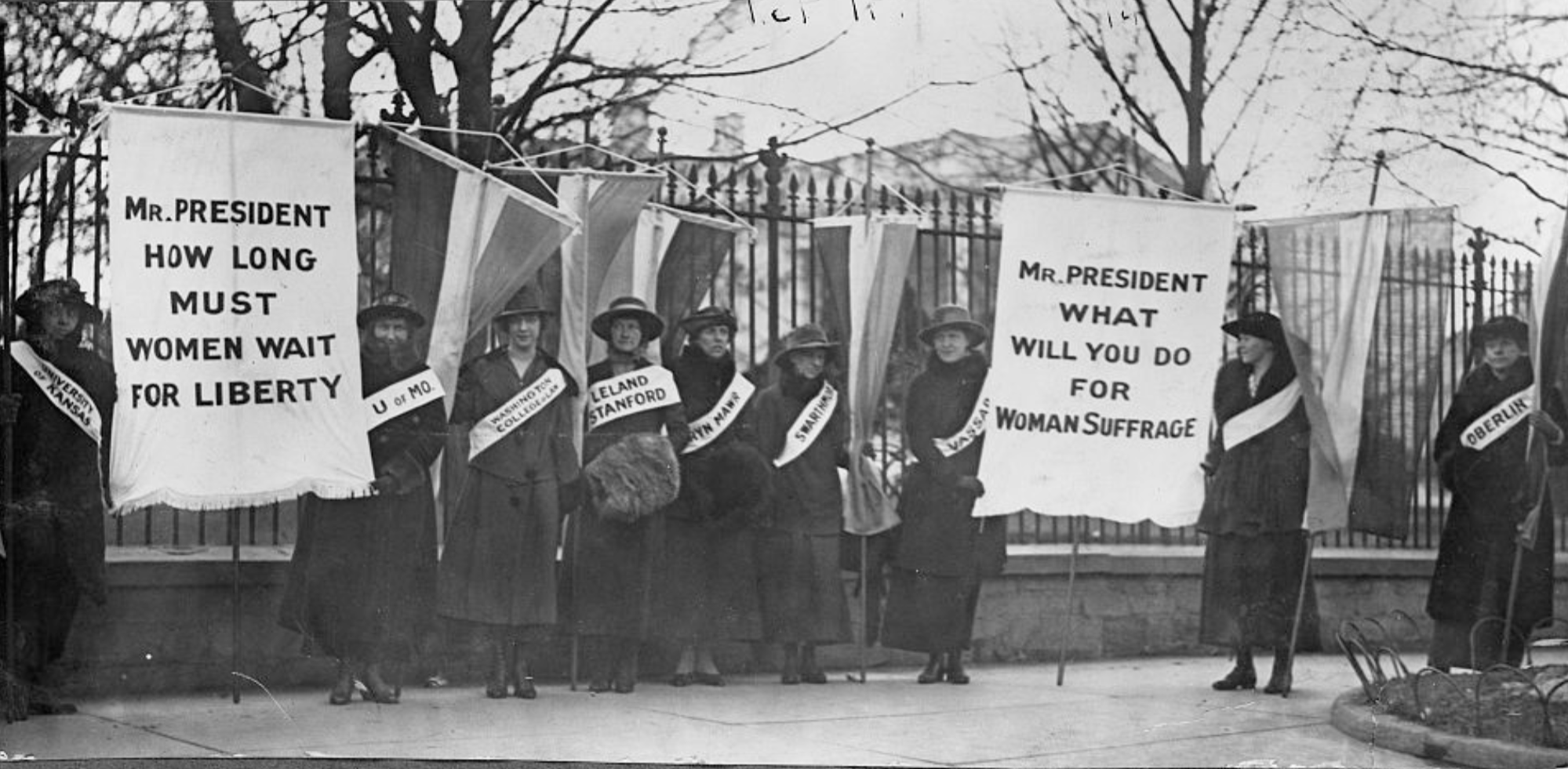
In September, the House Rules Committee, which had functioned, as one suffragist put it, as “a willing morgue” to the suffrage bill, narrowly voted to form a standing Woman Suffrage Committee to take over management of the bill. In December, the House formed the new committee, populated by congressmen from suffrage states. This dramatically increased the chances that the entire body would eventually vote on an amendment. The Senate, which already had a standing suffrage committee, reported the bill out favorably, only awaiting for it to be placed on the calendar for a full vote.
The NWP took much of the credit for these achievements. “The creation of the suffrage committee in the House proved that the pressure of women’s agitation had forced the Democratic leader to turn from his
The final stages of the suffrage battle were hard-fought and victory was by no means inevitable. Although the House of Representatives rapidly voted the necessary two-thirds to pass the amendment out to the states for ratification, the Senate took much longer before it followed through, interrupted by war, pandemic, and determined senatorial opposition. Only when partisan control of Congress flipped in November 1918, did the amendment’s fate pass out to the states. Again, getting the necessary three-quarters of state legislatures to ratify was incredibly difficult, made so by the opposition of most southern states. Tennessee was ultimately the thirty-sixth to ratify in August 1920.
“Nevertheless, she persisted.”
The Nineteenth Amendment barring disfranchisement on account of sex was ratified in 1920, but even after that victory, the full meaning of women’s enfranchisement continued to evolve. Southern African American women and others faced voter suppression. Over time, American women became ever more assertive in public life, and the issues that concern them moved to the center of national politics. Its legacy grows as women’s votes are solicited by political parties, even as female candidates encounter enduring misogynist taunts and sexist prejudices. Its consequences change as some women candidates for political office experience unexpected, crushing defeats, even as others win surprising victories.
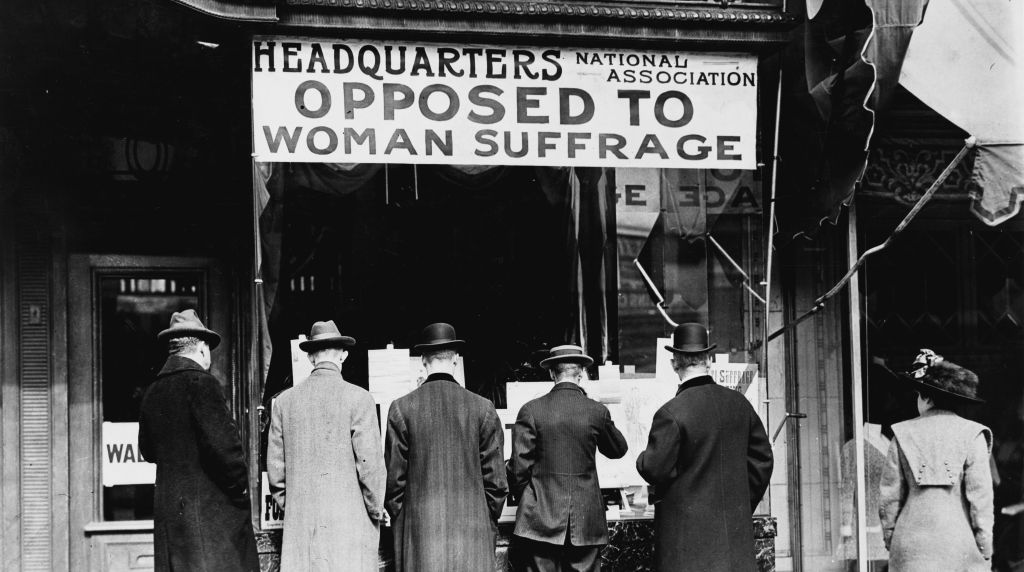
Today, after the hundredth anniversary of the ratification of the Nineteenth Amendment, American democracy is in great upheaval, perhaps even peril. Nothing could illustrate more starkly the unpredictable path of women in American politics than the unanticipated defeat in 2016 of a female presidential candidate widely expected to take the highest office, followed by unprecedented numbers of enraged women taking to the streets in the largest political demonstration in American history, and two years later by the election to Congress of a virtual flood of women candidates new to electoral politics and extremely diverse in their backgrounds and experiences.
The woman suffrage movement can be said to have succeeded, but like the civil rights movement which has been its historic twin, it has never ended.
On February 7, 2017, Senate Majority Leader Mitch McConnell blocked Sen. Elizabeth Warren from speaking in a floor debate against the confirmation of Jeff Sessions as attorney general. Republicans accused her of violating
“She was warned. She was given an explanation. Nevertheless, she persisted.”
The line become an instant classic and a powerful rallying cry for Warren’s supporters who saw it as a textbook case of chauvinism followed by males silencing a strong woman.
As the triumph of woman suffrage is celebrated and remembered, as the heroism of so many devoted activists is fully incorporated into our national history, Americans should remember the long, troubled history of woman suffrage and see it as evidence of the fragility of democracy and the necessity of constantly working to defend and advance it.
